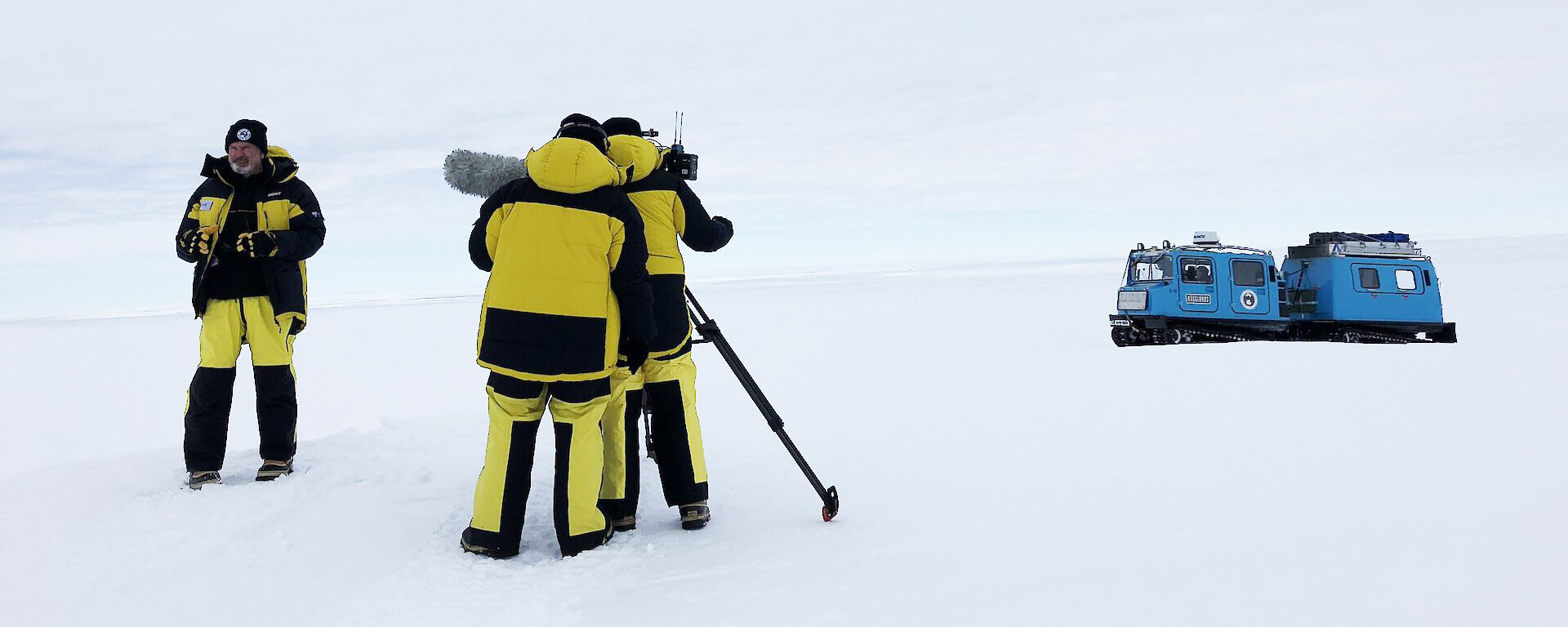Antarctic video gallery
Macquarie Island clouds timelapse
C-17 missions to Wilkins Aerodrome
Aurora Australis uses drone technology to navigate sea ice
The Aurora Australis navigates through sea ice using drone technology
Flying high on C-17A proof of concept success in Antarctica
on


